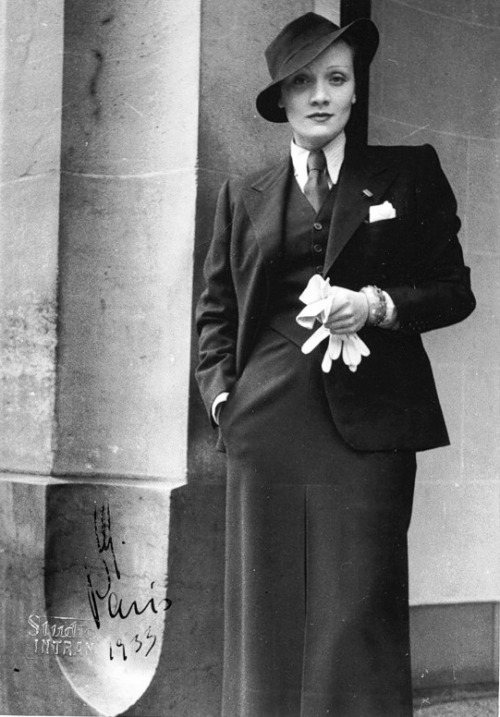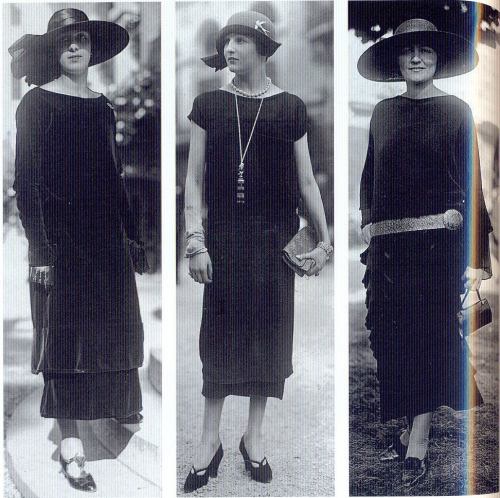Since moving to the Cotswolds, The Boyfriend and I have made an effort to explore little villages and towns, including Stroud, which has some excellent vintage and second hand shops. There are quite a few bookshops too and in one of them I found this book:

I had to snap it up, obviously! It’s about the history of clothing in the 20th century and also about collected and wearing vintage clothes – there’s a glossary in the back of loads of vintage shops. The introduction is by Zandra Rhodes, who says:
“Vintage – what wonders this word now conjures up when linked with fashion! A magical harvest of wearable art! A wind from a past season that must be dipped into, sampled and tasted; old yes, but the garment is a survivor of the twentieth century and as such has become a classic of importance.”
The book covers each decade of the twentieth century up to the 80s – 1900-1929 are lumped together into one chapter. In the introduction they talk about the move from couturiers setting fashions and seamstresses reproducing this to mass manufacturer by the end of the second world war, removing individuality to some extent as people bought more off the rack (and made things themselves from commercial sewing patterns). The book points out, though, “why choose from ready-to-wear options produced for you, when the whole history of fashion is available?” I feel this way about sewing my own clothes – although I don’t want to look like I’m going to a costume party every day, it does mean people are less likely to have the same clothes as me because even if they use the same pattern, the chances of them using the same fabric too are pretty slim. This wouldn’t be the case if I bought all my clothes from Primark…..

I love this dress on the first page of the 1900-1929 section. It’s a black peplum-bodiced velvet dress, trimmed with bands of velvet, with a white turnover collar, by Paul Poiret, 1924. It represents the change in this era – from Victorian/ Edwardian fashions of corsets, frills and flounces, worn by the wealthy and titled in society, to the move towards modern silhouettes, the loss of the corset (as women became (slightly) freer after the First World War) and the birth of the jazz age and the increasing influence of the media; women took their fashion cues more from film stars and by reading Vogue and Vanity Fair, rather than from Kings, Queens, Lords and Ladies.

I love this dress too – I think it looks much more modern then First World War era! It was designed by Henri Bendel, who owned a shop in New York which originally sold designs by Chanel and Schiaparelli, then made own-label versions. I love the close up of the embroidery pattern on the fabric – it looks like running stitch you could do on any modern machine! Maybe I should make a copy…….not sure I’d have the patience, though!

These silhouettes are ones I particularly recognise as being from the 1920s. I wrote a whole post on the early 1920s, if you would like more information about it. By 1924 the flapper was in full swing – they were known for their behaviour as much as for their fashion – the smoked and put on their make-up in public! The waistline of dresses dropped dramatically in 1925 to below the hip, and by 1927 it had disappeared entirely. Hemlines rose as the waistline dropped, to a scandalous 15in, to just below the knee. The flapper style crashed, along with Wall Street, in 1929.

The 1930s is the ‘Hollywood glamour’ era. The style of cutting on the bias to show off the natural curves of the body was an almost compete reversal from the boyish, loose, straight styles of the 1920s. Designers also experimented with different fabrics (and new synthetic ones starting to be developed) because people could not afford luxury after the crash and between the 2 wars (though, of course, they didn’t know they were between 2 wars!).
Chanel (above, right) and Schiaparelli (below, right) were the 2 most influential designers of the 30s. Chanel had revolutionised day wear by seeing the potential in wool jersey as a comfortable, cost effective fabric. She focused on easy-to-wear sporty styles in neutral colours, including black. Where Chanel thought couture was a profession, Elsa Schiaparelli thought it was an art. Born in Italy, she was a close friend of Picasso, Dali and Man Ray, and published a book of poetry in 1911. She created clothes in bright colours, with an exaggerated silhouette – high waisted and broad shouldered to elongate the body – this was probably her own style as she was barely 5ft tall.

Below is a floor-length harlequin wool felt coat from Schiaparelli’s 1939 Commedia dell’Arte collection. She had a shorter career, retiring during the Second World War, and although she was very successful at the time, dressing stars like Katherine Hepburn and Marlene Dietrich, she is less well-remembered now. Perhaps because Chanel’s house kept going under Karl Lagerfeld? I think the below coat is quite 60s in a way, so maybe she was a bit ahead of her time.

I think the 1930s are my second favourite decade for fashion, after the 60s, obviously. These dresses just look effortlessly elegant. Maybe I’ll have to give McCall’s M7154 a go finally!

At the end of each chapter/ decade of the book is a round up of key looks, and coloured squares to show the palette of each era. It’s a handy quick reference!

The 1940s was all about the suit, which echoed the military uniforms seen on service men and women. They were cut with a quite masculine shape, emphasising the shoulders, to show how women meant business. Utility clothing was also an important movement in this era. Called the Victory suit in America and Everyman’s clothing in Germany, most countries had their version of the restricted fashions designed to save materials and labour.

Of course, the end of the decade was all about Dior’s New Look. According to the book, the below outfit is from a Vogue Pattern by Pierre Balmain, rather than being an actual Dior. I love that the book acknowledges how many women sewed the latest fashions for themselves.

One thing I hadn’t really thought of before, when thinking about the history of fashion, was the influence of countries and cities. Paris was the centre of the fashion universe up to the 30s but when it was occupied by Germany in 1940, America had to step up and find it’s own way stylistically. Their Victory suit was less austere than the British version – I guess they weren’t as restricted with materials as Britain, on the ration, was. And obviously the influence of Hollywood was really starting to take off.
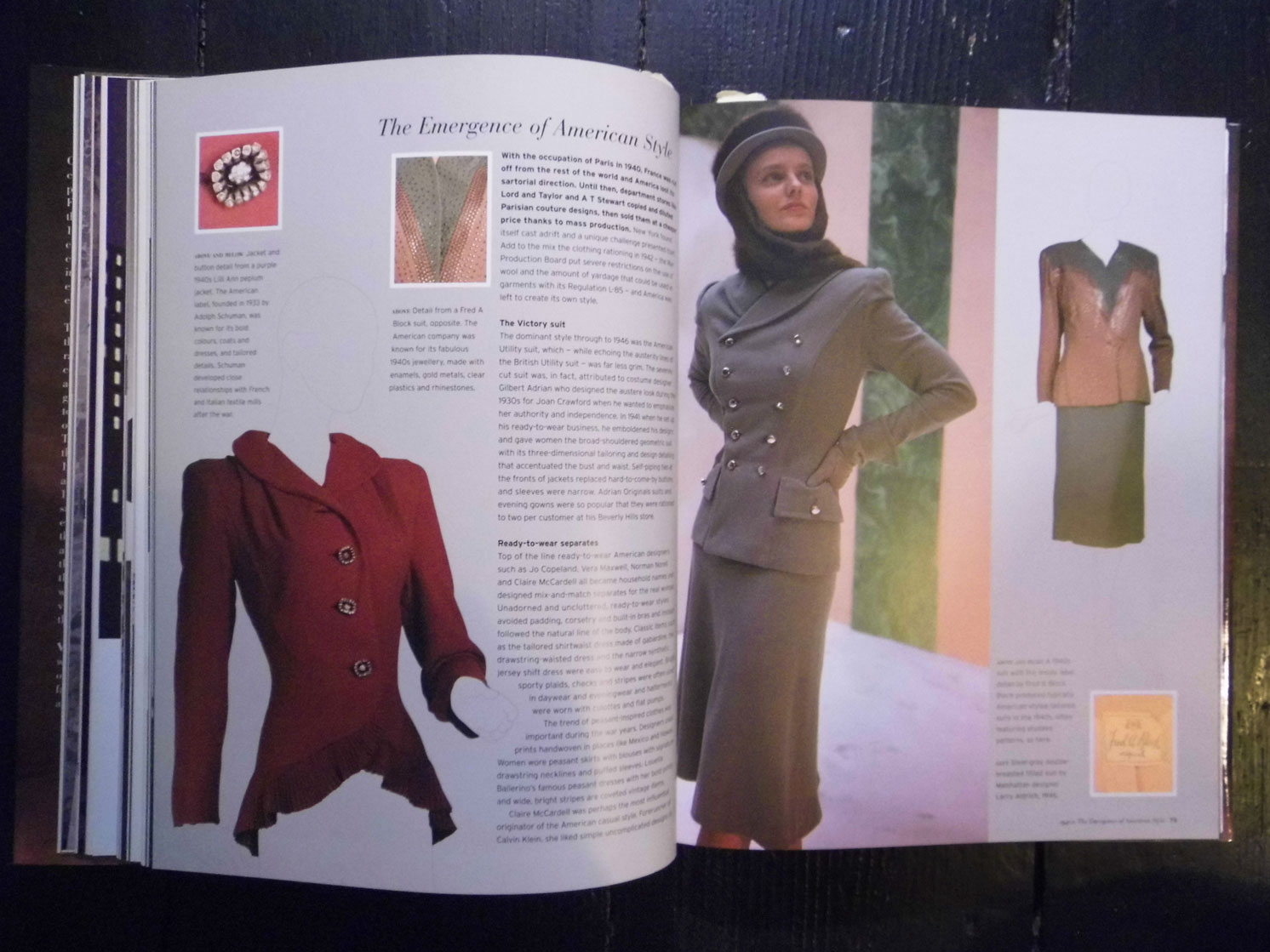
The 1950s was a decade of hope – after the Second World War and the positive reception of Dior’s New Look, women began to want to dress in more luxurious, feminine clothes (after enduring the masculine tailoring of the 40s). There was a slight backlash against this move back to the feminine, though – women had been liberated to some extent during the war, working as landgirls and in factories, and they didn’t like the idea that they would revert to being feminine and restricted to a romantic ideal.
There were 2 main silhouettes of the 50s – fit and flounce, both intended to emphasise a small waist, which could be achieved with underwear and strategic padding. This was the last decade when Paris still dominated, and I feel like it’s one of the last slightly old-fashioned decades (at least from a modern point of view) where women were still expected to have hats, gloves, and matching shoes and bag. I love these drawings of the different silhouettes,.

Dior himself experimented with many different silhouettes throughout the decade – he wasn’t a one-trick pony. The below picture is from his last collection before his death in 1957. You can see he had started to move away from the hour-glass shape and I think you can start to see the emergence of what I would consider a more 1960s style, especially the red coat on the right.

Although the 50s isn’t really a decade I am particularly drawn to in terms of my own style, it was undeniably an elegant decade! I can’t get over the flawless make-up and hair in this picture!

I do like the 50s colour palette, though! Lovely turquoise, pink and yellow.

Now my favourite decade – the 1960s!

In the 1960s London took over from Paris as the city everyone looked to to set the styles, especially Carnaby Street and the King’s Road. For the first time young people had money to spend and wanted to spend it on clothes, music, and their whole lifestyle. The Beatles and The Rolling Stones were changing music, models like Twiggy and Jean Shrimpton were becoming stars and the way fashion was photographed (by David Bailey and others) meant it appealed to the young.

I feel like I want a bright, patterned suit, like this one by Biba. The dress is also Biba and is equally fabulous! I love the print of the fabric. Biba was the cheaper end of the fashion scale in London and she capitalised on sales by selling whole outfits, including make-up and tights, so people could get everything in one place. Mary Quant, Ossie Clark, Zandra Rhodes and many others came out of the London scene too. If I could have lived at any time, I think I would definitely choose London in the 60s!
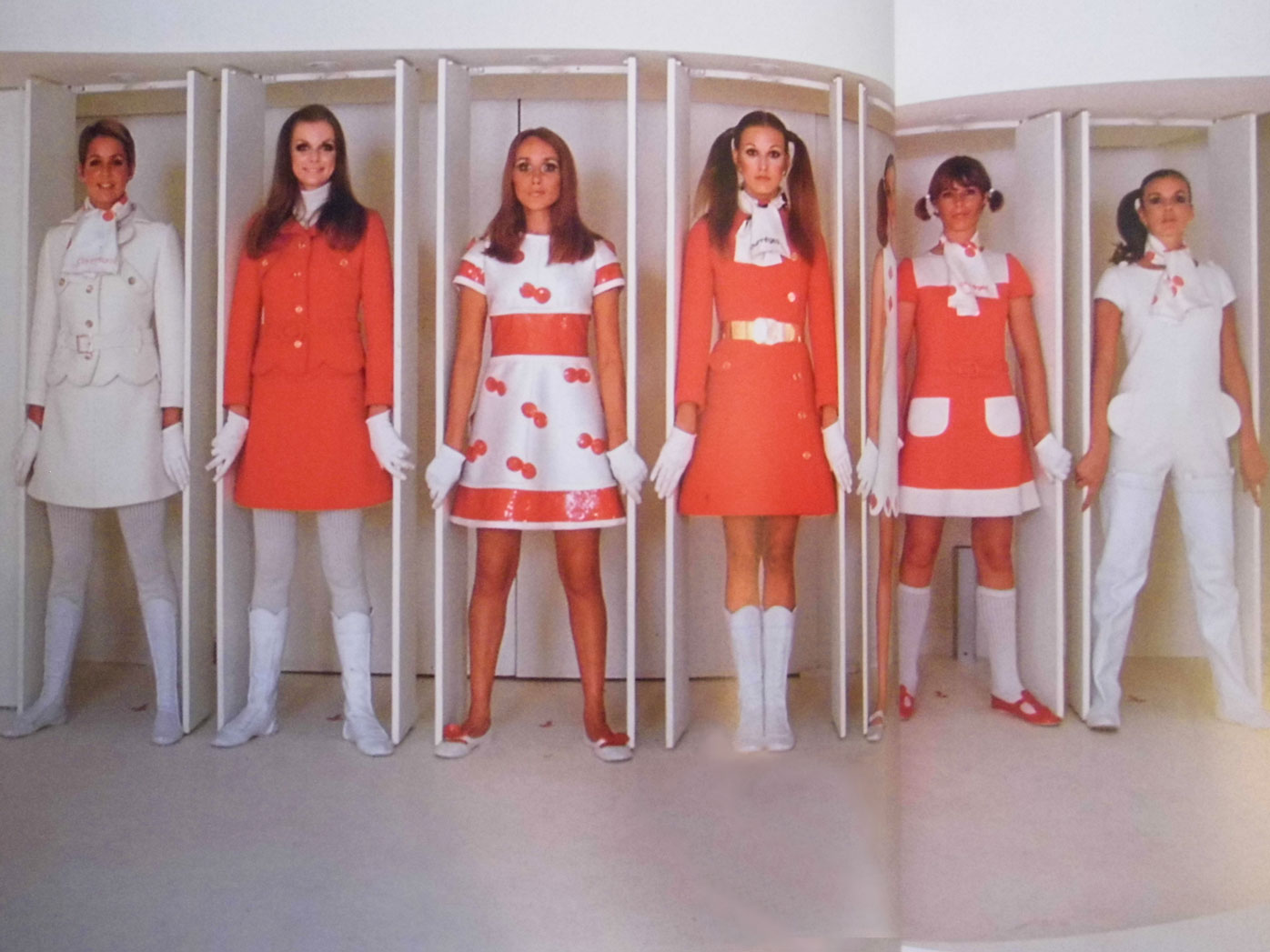
Although London led the way, Paris was behind the space-age fashions of the 60s, including this red and white collection of 1968 by André Courrèges. The space age look was inspired by the space race between the Soviet Union and the United States – Yuri Gagarin successfully orbited the earth in 1961 and the moon landing was in 1969. The designs were minimal, both in style and in colour palette and were modelled on what we would be wearing in the year 2000.

Towards the end of the 60s, the hippy look started to creep in. Pop music gave way to rock and at the same time people started to find a new style to wear to festivals and elsewhere. It wasn’t a designed look, but was about buying things second hand and items from other cultures (such as Indian kaftans, and Afghan jackets) and looking like an individual. This doesn’t mean that fashion didn’t follow and create new versions of this hippy look, though. The above look is a sort of lux version of the hippy look, in my opinion – I do love the combination of colours, though. This is by Bill Blass in 1965.

The ‘mod’ look was all about simplicity of style – simple shapes which were comfortable to wear. Then you had the rockers, and the hippies and psychedelia. It seems like the 60s is the first time it’s creeping in that you could express yourself through fashion and not just wear the same styles as everyone else. This gets more extreme in the 70s and has maybe led to today’s fashion being about ‘trends’ rather than any particular style.

I’ve included the round-up of the 60s because look at the colour palette! Orla Kiely anyone?!
Ah, the 1970s. I should pay a lot of attention to this decade as it’s apparently back in style this season. Does anyone else feel like the decades of the past just cycle around every couple of years?

The 70s was definitely about lots of different styles. The bohemian flavour of the 70s was epitomised by Ossie Clark and Celia Birtwell, who designed together until their divorce in 1974. The above coat is one of theirs – she tended to design the prints and he showed them off to their best in the clothing designs. Clark carried on the bias legacy of the 30s, showing off the female form again after the straighter, simpler shapes of the 60s.

A review of 70s fashion wouldn’t be complete without mentioning punk and Vivienne Westwood and Malcolm McLaren. Coming out of bondage gear – rubber, leather, studs, chains – Westwood and McLaren mixed these elements with more traditional fabrics like muslin or cotton t shirts, cutting them up and pinning them together to create new shapes. Where flares had been getting wider and wider, punk reigned the trouser in and went back to drainpipes and skintight leather.

Glam- (or glitter-)rock music dominated the charts in the early 70s – the likes of David Bowie, T-Rex, Alice Cooper and Iggy Pop. They dressed in shiny, luxurious fabrics, platforms and make-up.

One of my favourite fashions of the 70s is Disco. Starting in New York and Studio 54, the music was made to be danced to. The clothes followed suit – those that would look best being danced in inside clubs. They favoured shiny fabrics like satin and lame and bright colours like fuchsia, pink, and electric blue. In the clubs the silhouettes were loose and flowing and on the street it included drainpipe trousers and boob tubes.

It seems that most of the fashion trends of the 70s had an associated music style. I was watching a programme about music in the 70s and it was the decade when consuming music was at its highest and in pretty much every genre there was great music being produced – The Ramones, Patti Smith, Blondie, Eric Clapton, Jackson 5, Queen, Donna Summer, Dione Warwick, Billy Joel, James Taylor, Fleetwood Mac, Elton John, The Sex Pistols, ABBA, David Bowie etc. It seems like it really shifted in the 70s to people dressing as individuals rather than following the only fashion that was on offer. I haven’t even mentioned the continuation of the hippy style, the revival of decorative arts and crafts, and the influence of Japan.

I think the 80s is probably my least favourite decade in this book. I just think it’s the decade style forgot – sorry if you love the 80s! Feel free to convince me why it was great if you think so.
At the beginning of the decade, young people were feeling the pinch of the Reagan and Thatcher governments so fashions were created out of necessity and lack of funds. By the middle of the decade, though, people were better off and the 80s saw the beginning of an obsession with labels – like Donna Karan, Calvin Klein, Ralph Lauren, Armani, and Versace. Tailoring took it’s masculine queue from the unisex looks of the 70s, such as in Annie Hall and from androgynous stars like Annie Lennox and Grace Jones. The suits above, right, are Chanel! I think it’s just the styling that makes them look 80s, if you look at the shapes of the jackets and skirts, you could almost be looking at the 40s.

The skirt went kind of mental in the 80s – puffball, ra-ra and mini-crini (which I assume means mini crinoline, demonstrated by the Westwood one above, middle). These were paired with cropped jackets and over-the-knee stockings. The ready to wear copies were apparently appalling as they were not as easy to replicate as people thought!

I didn’t take photos of many of the 80s pages – I just find it too ugly and boring to write about! Sorry not sorry.
What’s your favourite decade for fashion? Do you collect vintage clothing?
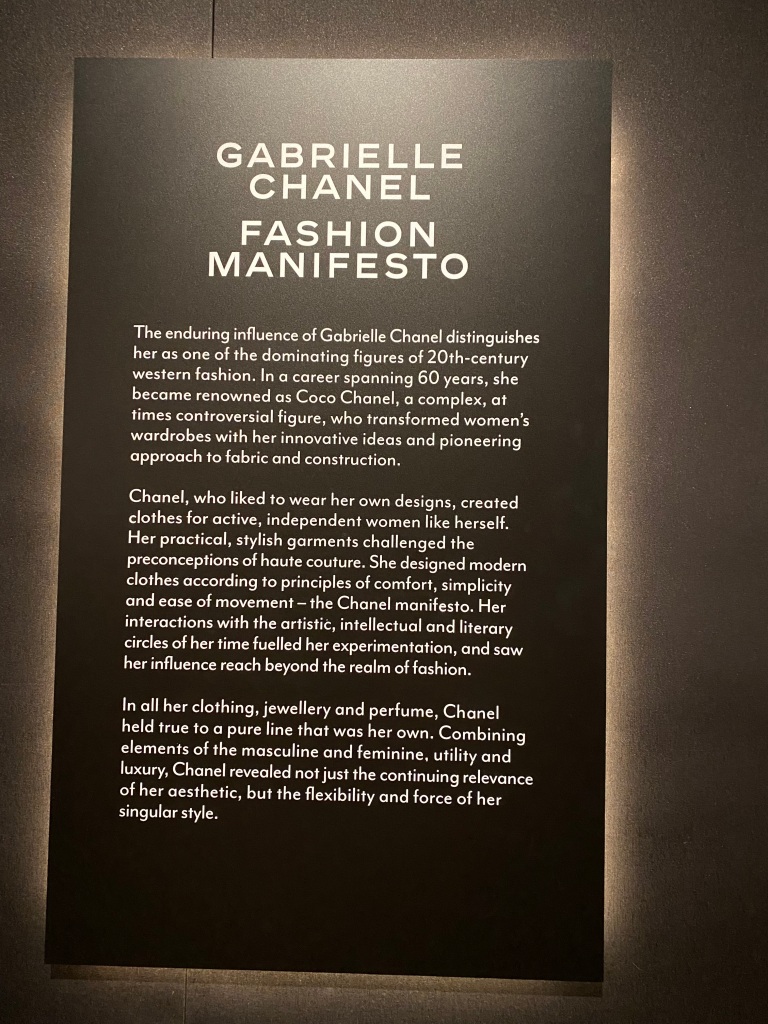




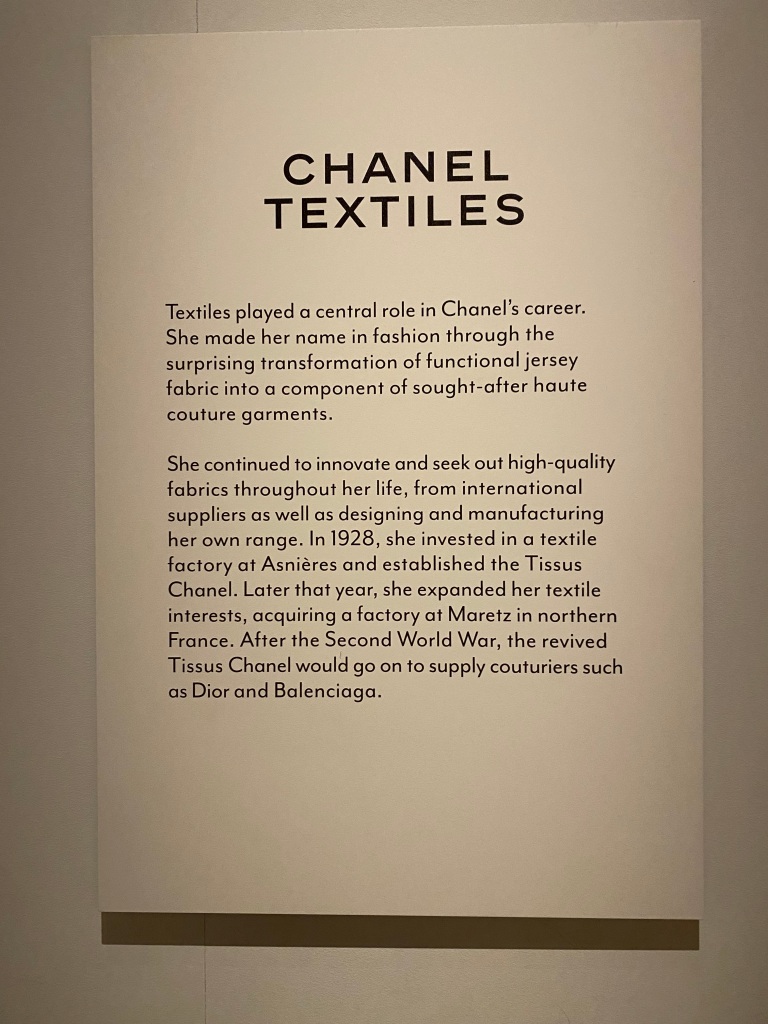



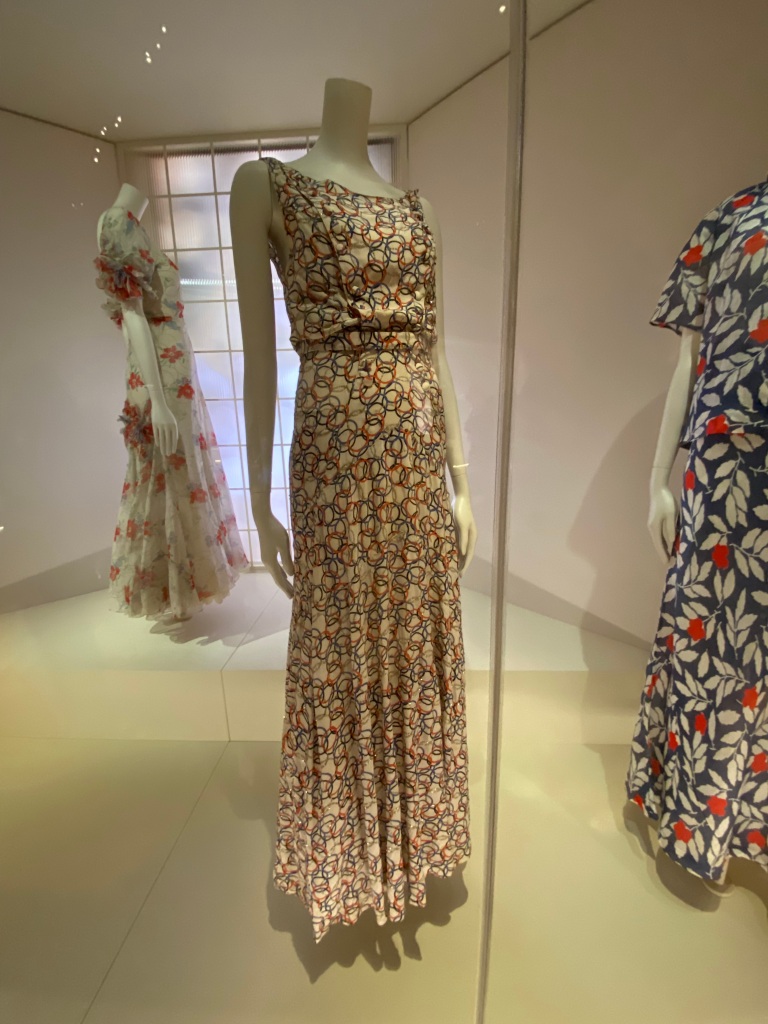




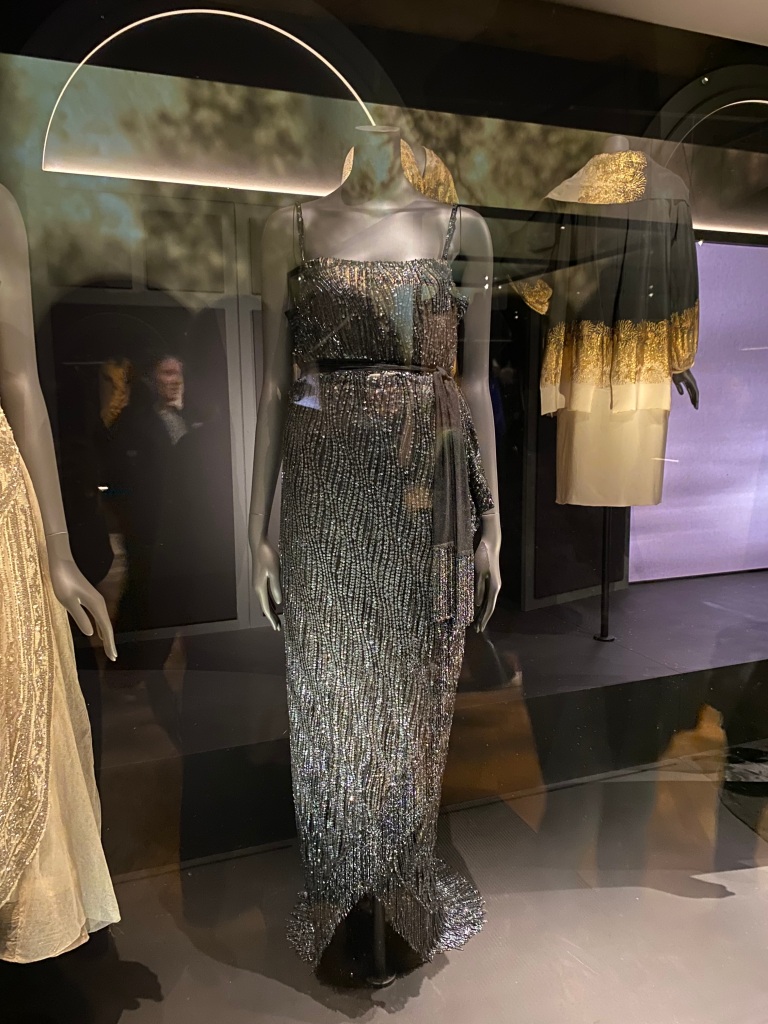

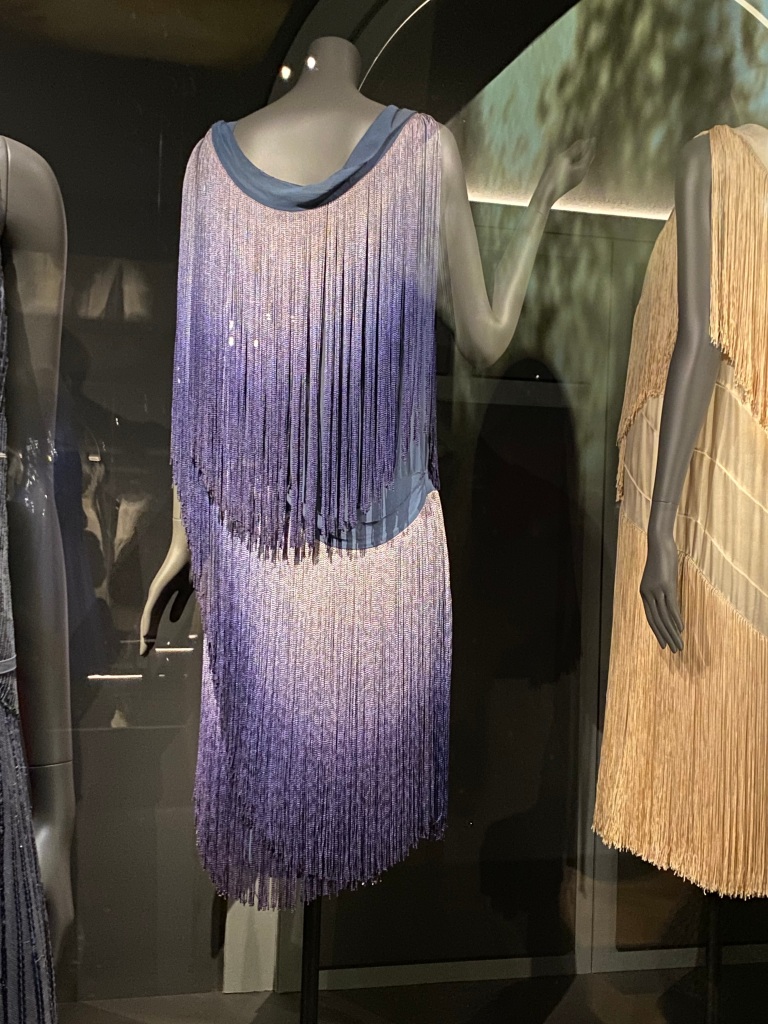






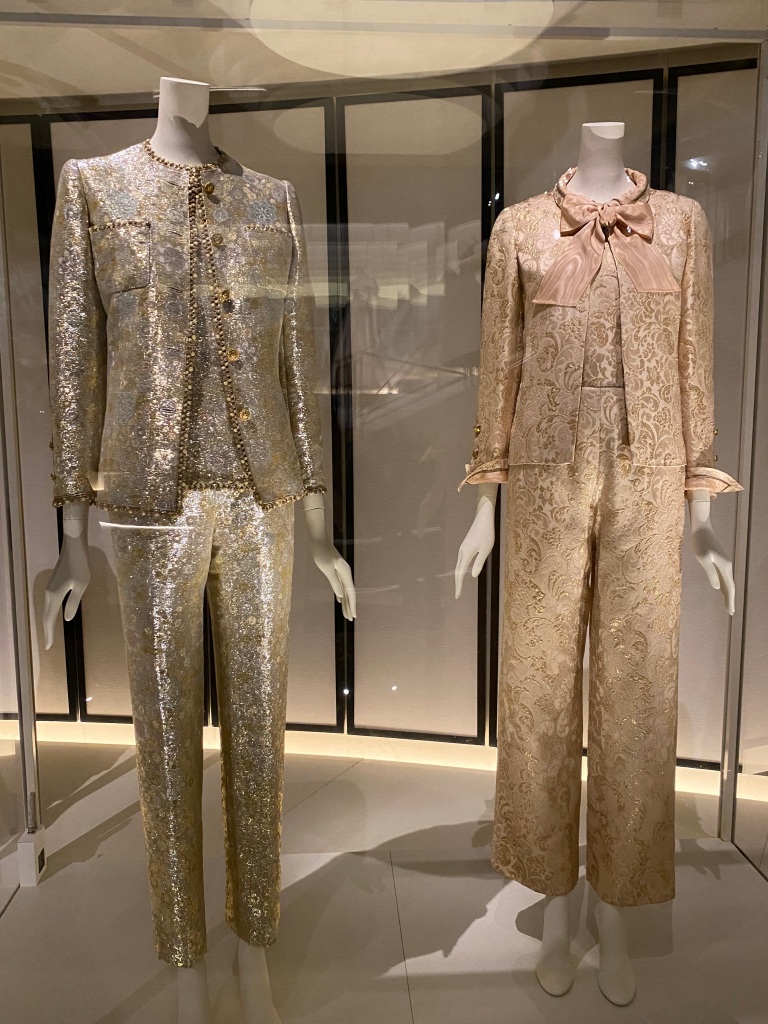

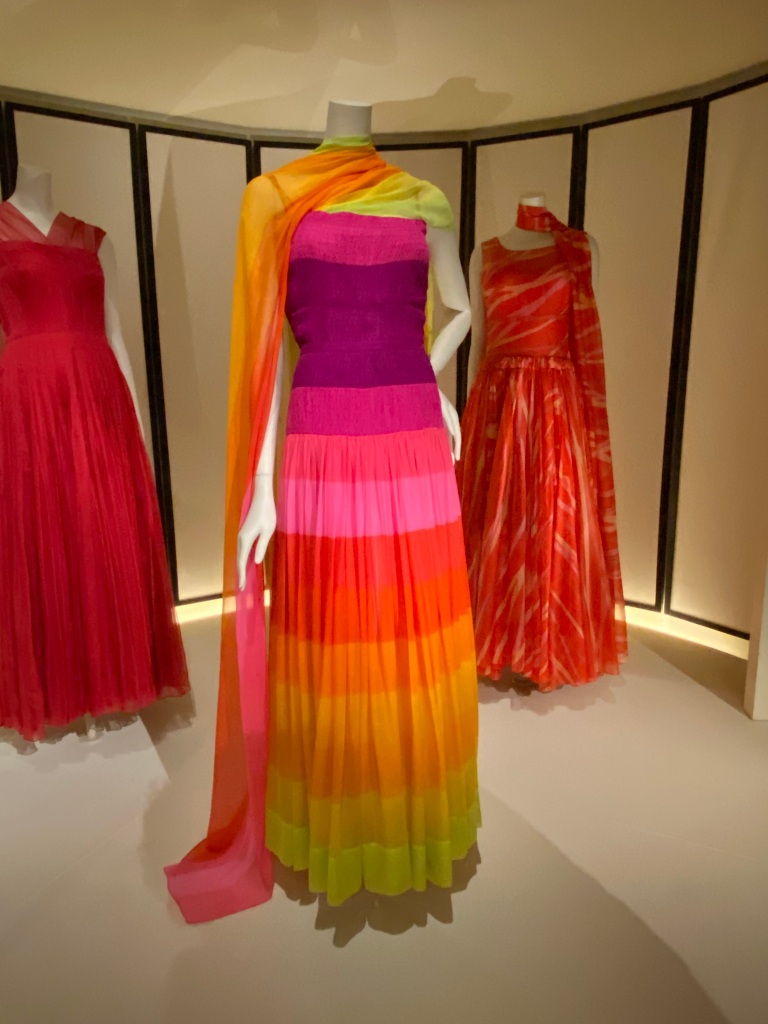

















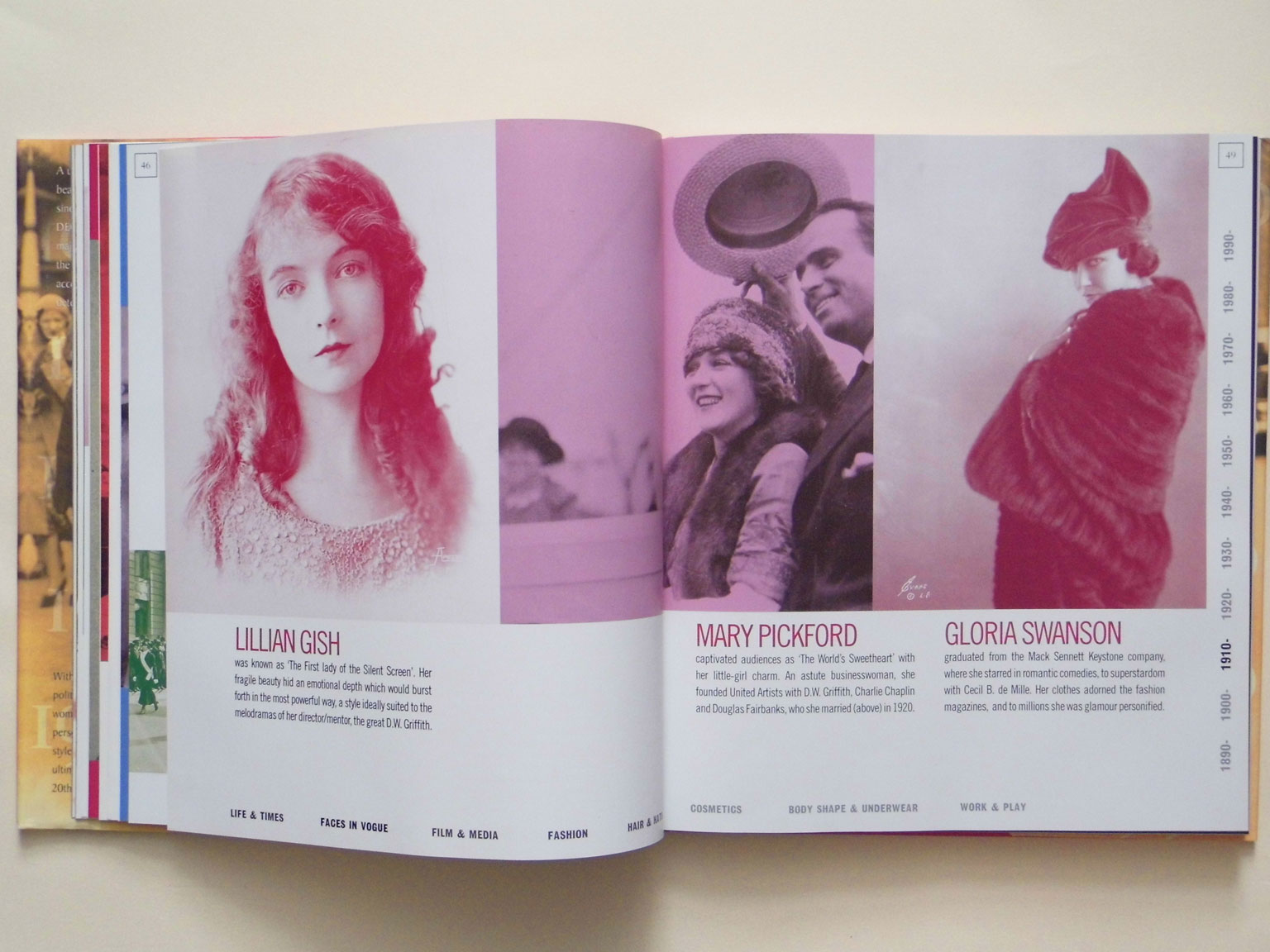


















































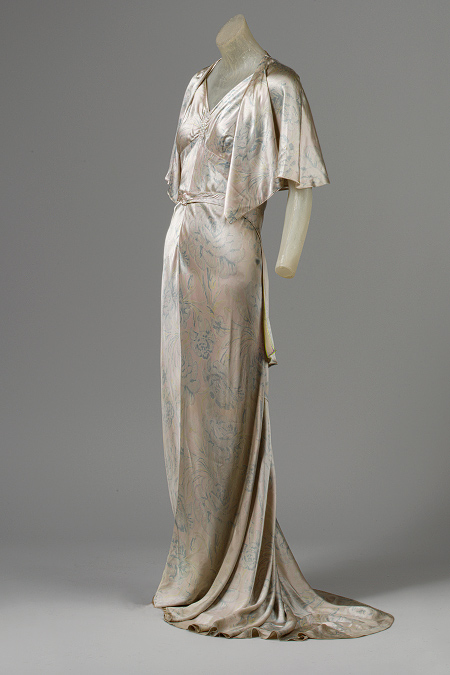


 (
(

















